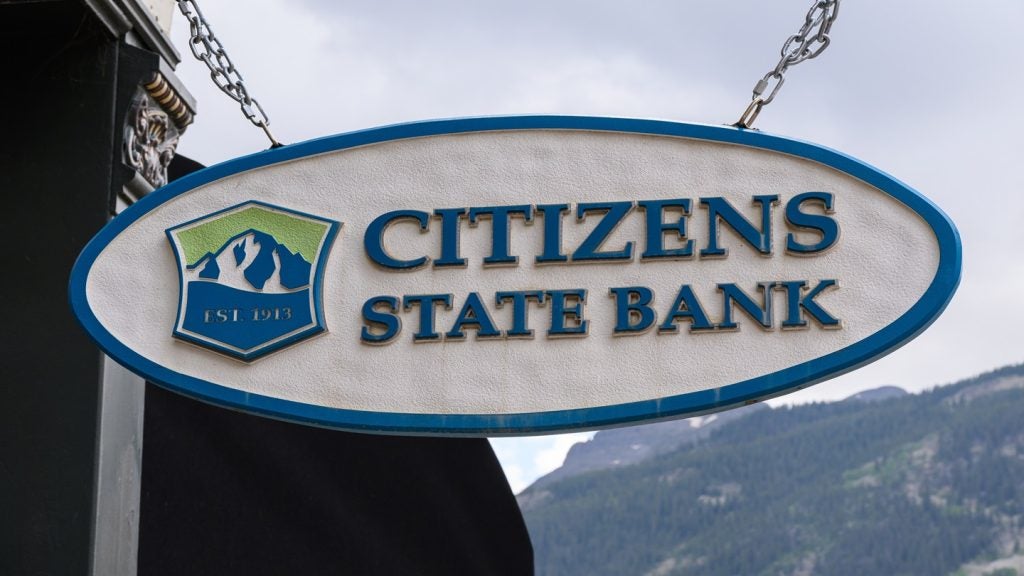In a major new report for VRL, financial consultant
Chris Skinner examines the evolution of the Payment Services
Directive and Single European Payments Area. The result of this
research has conclusively proved what had anecdotally been
suspected – that the programmes are on track, but the route has
gone off course.
During the summer of 2009, The Financial Services Club, a
UK-based consultancy, ran an extensive research project – sponsored
by Logica, BT and Earthport – in an attempt to get a real sense of
the state of transposition of the Payment Services Directive (PSD)
and the Single Euro Payments Area (SEPA).
The result of this research has conclusively proved what had
anecdotally been suspected.
Europe’s payments programme is on track, but the route to the
destination is off course. How far off course is dependent upon
which way you look at it.
Depending upon whether you are a policymaker, bank, corporate,
infrastructure provider, payment institution or implementer, the
view of where you are is very different.

US Tariffs are shifting - will you react or anticipate?
Don’t let policy changes catch you off guard. Stay proactive with real-time data and expert analysis.
By GlobalDataThe policymakers include the European Commission, European
Central Bank (ECB) and European Payments Council (EPC). These
actors will all state that the PSD and SEPA are clearly moving in
the right direction and towards the right end-state.
The banks will state that these programmes have been around for
so long and with so much inconsistency, that they don’t know what
to do or where it is going.
The corporates believe this is a politically inspired programme
aimed at changing bank systems, and will wait until the banks get a
tick from the politicians saying “yes, you’ve done it” before they
will respond.
The infrastructure providers – the automated clearing houses
(ACHs) such as Equens and VocaLink, STET and SWIFT – believe that
the changes are both a threat and an opportunity, and are clearly
trying to exploit the opportunities and fend off the threat.
The penultimate constituency are the implementers: the
consultants and technology firms. This group has specifically found
the process a challenge and an opportunity too, but is frustrated
that there is no clear goal to aim for and no platform to focus the
process, similar to most.
Finally, there are the citizens and others who are completely
unaware of any of the processes happening behind the scenes.
The result is that all constituencies have frustrations which we
hope will be resolved by the implementation of the PSD and SEPA in
November 2009. This research has discovered that this will
absolutely not be the case.
This is because the PSD is off track and is flawed in both its
original drafting and its implementation and interpretation by each
member state.
The PSD comes into law on 1 November 2009, but most member
states were given far too much latitude in how the original law was
drafted.

As Paul Smee, chief executive of the UK’s Payments Council,
states: “My motto regarding EU directives is that the number of
problems a directive causes is directly proportional to the number
of words in the directive.
“This one is a long one, and so there will be many issues
resulting in the laws of unintended consequences.”
In fact almost everyone believes there is confusion and
inconsistency, with 58 percent of survey respondents saying that
the PSD is being transposed inconsistently and 63 percent stating
that this is because of interpretation at country level.
Some 64 percent of banks and 67 percent of infrastructure
providers believe the interpretation at country level is an
issue.
In fact, it is particularly noteworthy that all of the
infrastructure providers voted that the interpretation at local
member state levels for the PSD is different and inconsistent. All
of them, and they should know as they are becoming the core of the
SEPA delivery change.
Meanwhile, only one out of 53 technology companies responding
believes the transposition of the PSD is consistent.
The Single Euro Payments Area
Bearing in mind the frustrations mentioned of the different
parties involved, the most critical factor that came out of the
survey is that SEPA needs an end-date.
The European Commission already knows this, and has consulted
through the summer of 2009 to work out what that date should
be.
Some 21 percent of this survey’s respondents think that the date
for the SEPA vision to be fully realised could be as soon as 2012,
but most think sometime thereafter with 23 percent saying 2015 and
11 percent sometime after 2018.

For example, when asked why SEPA Credit Transfers (SCT) are
taking so long to take-off, the clear answer (27 percent of
respondents) is that it is because there is no motivation because
there is no end-date.
This theme appeared many times in the discussions with the key
implementers of SEPA.
Vincent Brennan, head of group payments at Bank of Ireland, says
that “an end-date is mandatory. A bit like when the euro came in.
If they had allowed us to continue to use punts, lira and pesetas,
it would never have happened.”
Ashley Dowson, chairman of the SEPA Consultancy, adds that “by
2012 or 2013, you will get a 25 to 40 percent take-up of
organisations switching to the SEPA schemes. It’s all about the
supply chain.”
Strangely enough, when asked who was most supportive of the SEPA
agenda, bankers voted for the European Commission (46 percent)
first, rather than themselves (27 percent).
As this is a bank-led and delivered project that seems strange,
but then the SEPA project was created in response to the political
drive of Regulation 2560.
The political perspective was especially noted in Germany, where
42 percent of German respondents voted that banks were the least
supportive of the SEPA agenda.
This also reflects the issues of the German direct debit mandate
scheme and its position within the SEPA and PSD implementation.
Gerard Hartsink, chairman of the EPC, understands the German
issue as Germany “is the only country where the legal validity of
mandates for direct debits is still not solved.
“It’s been asked for by ECOFIN, and this is the only market that
has not agreed a solution as yet, although I know there is a work
around. But you have to remember that Germany is a federated state,
so Berlin cannot just set the rules and expect everyone to adhere
to them.”
Conclusions
The PSD and SEPA have taken a significant amount of time to
reach fruition. The costs are high to reach the grand ambition of a
rationalised payments market but the benefits, long-term, may mean
they are worth it.
In the meantime, Europe’s banks have seen seven years of
generating the plans to make this happen which will deliver a new
European payments landscape from November 2009.

It is quite clear that we still have a long way to go due to the
PSD, with its flaws, requiring at least three years to reach some
form of resolution, and some years after that to achieve
harmonisation.
First there will be the PSD review in 2012, which we expect to
create a PSD II. The PSD II will focus upon removing the optional
services allowed in the first PSD that have caused so many
inconsistencies in transposition and implementation.
This means that the PSD II will be drafted in 2013 for
enforcement from a date thereafter. In fact, it is likely to be
synchronised with the SEPA end-date, which appears to be most
likely to be around November 2013.
This would mean that from November 2013 there would be a fully
harmonised European market for payments within the banking system,
eleven years since the start of the SEPA programme.
We will then see a further ten years or so of migration to SEPA
and pan-European payments amongst public authorities, corporations
and citizens.
This will take far longer as we still do not have IBAN and BIC
in general usage in payments amongst these institutions, and that
is eight years after Regulation 2560 mandated their usage.
Therefore, the real benefits of these changes will be in the
next decade, from 2020 onwards. <
The above is an edited extract from a new 200-page report on
SEPA called The State of the European Payments Marketplace. Written
by Chris Skinner, a leading financial consultant, the report
surveyed over 350 payments professionals worldwide from banks and
technology firms to payments institutions, bankers’ associations,
data vendors, law firms and NGOs. Contact Shouvik Sen on
shouvik.sen@vrlfinancialnews.com or on +44 (0) 207 563 5615 for
more information
Update
‘SEPA offers significant benefits for bank customers’
On 13 October, the European Payments Council held a press
conference to inform on the 2 November 2009 launch of the SEPA Core
Direct Debit Scheme and the SEPA Business to Business Direct Debit
Scheme.
In the meeting, the EPC said that, to-date, 2,607 banks
representing about 70 percent of SEPA payment volumes have signed
up to the new schemes and are ready to roll-out SEPA Direct Debit
services from 2 November 2009 onwards. Of those, 2,366 banks are
offering both SDD Core and SDD B2B services.
It reiterated that “SEPA offers significant benefits for bank
customers”, adding: “The implementation of competitive SEPA payment
services translates into efficiency gains for businesses and public
administrations, while consumers can rely on a single set of euro
payment instruments covering 32 countries: one bank account, one
bank card, one SEPA Credit Transfer, one SEPA Direct Debit”.
The EPC also advised that the “political drivers of the SEPA
project now have to incentivise market transition”, urging public
administrations to speed up implementation by moving public sector
payments to SEPA and hence creating critical mass.
The council also suggested that the European Commission,
European Central Bank and EU governments should introduce a SEPA
communication campaign “comparable to that afforded for the euro
introduction”.







